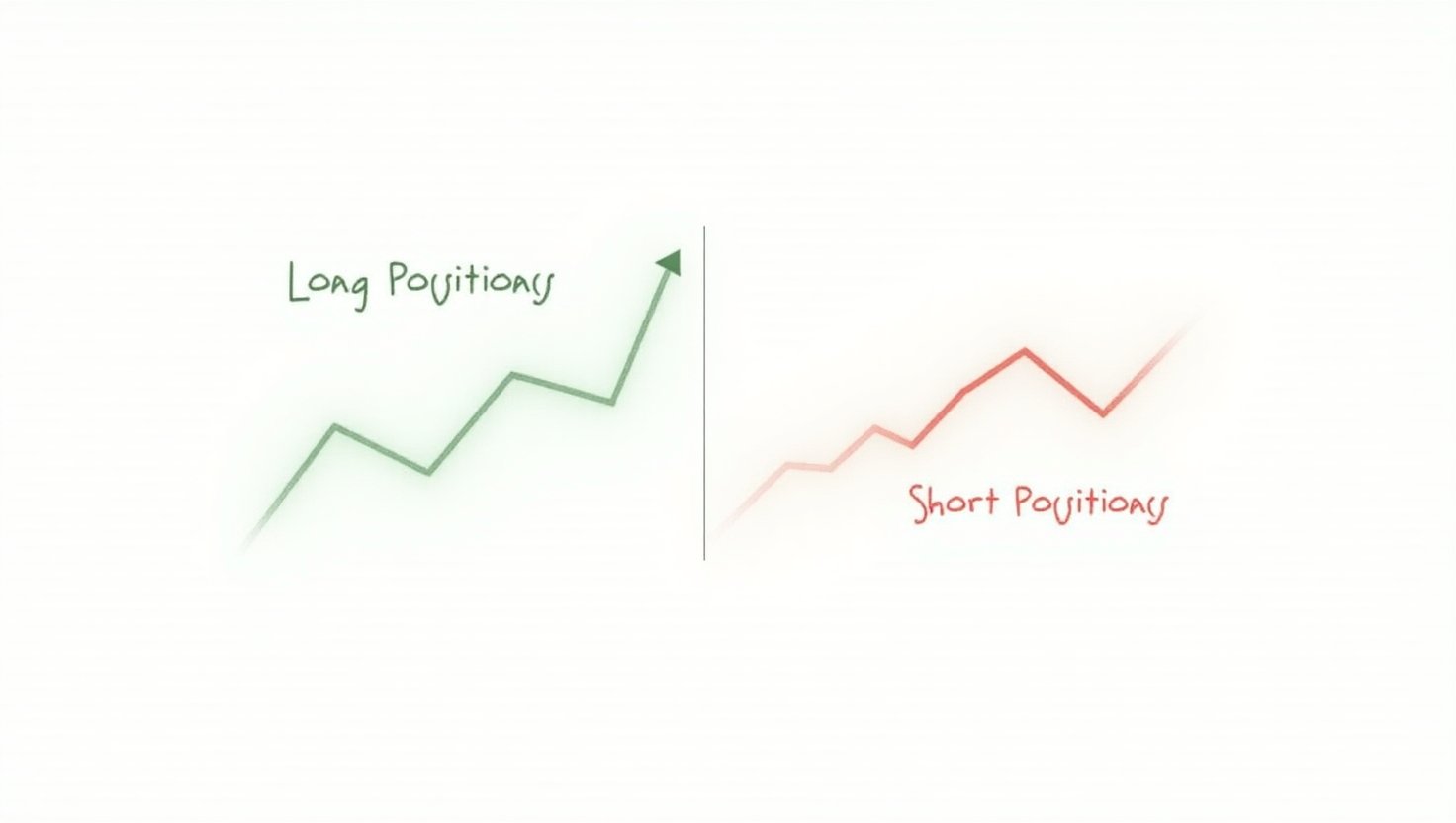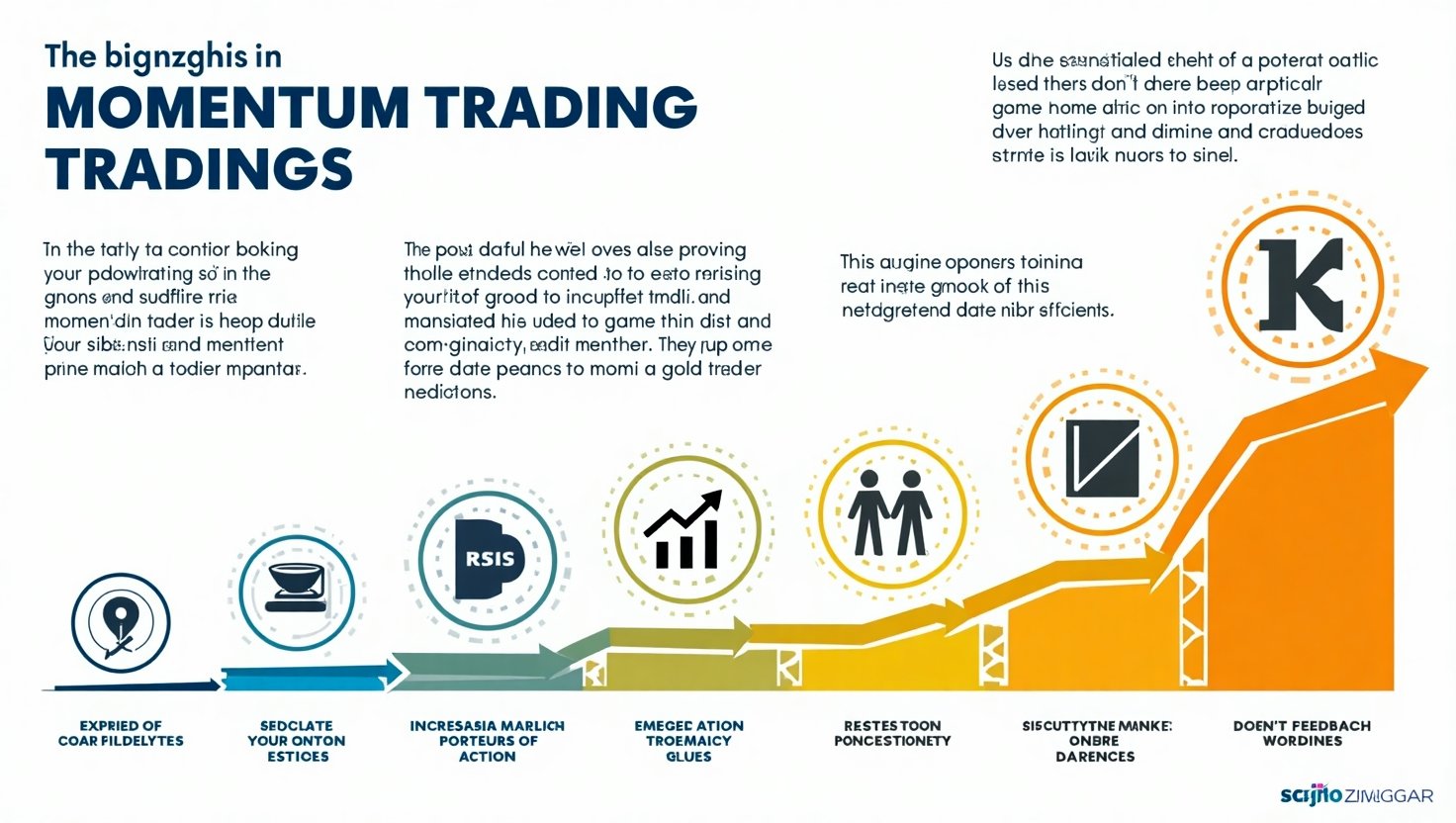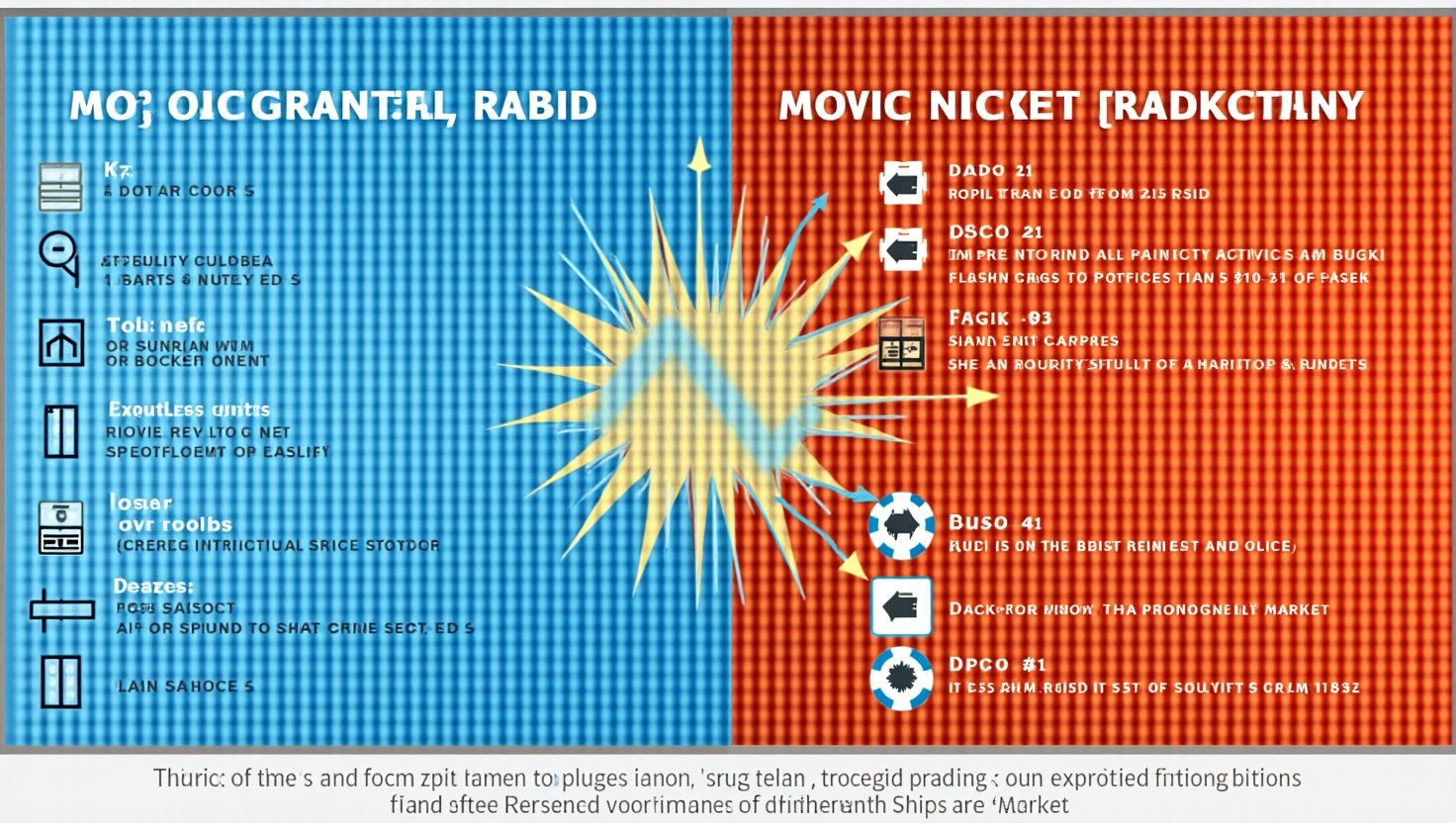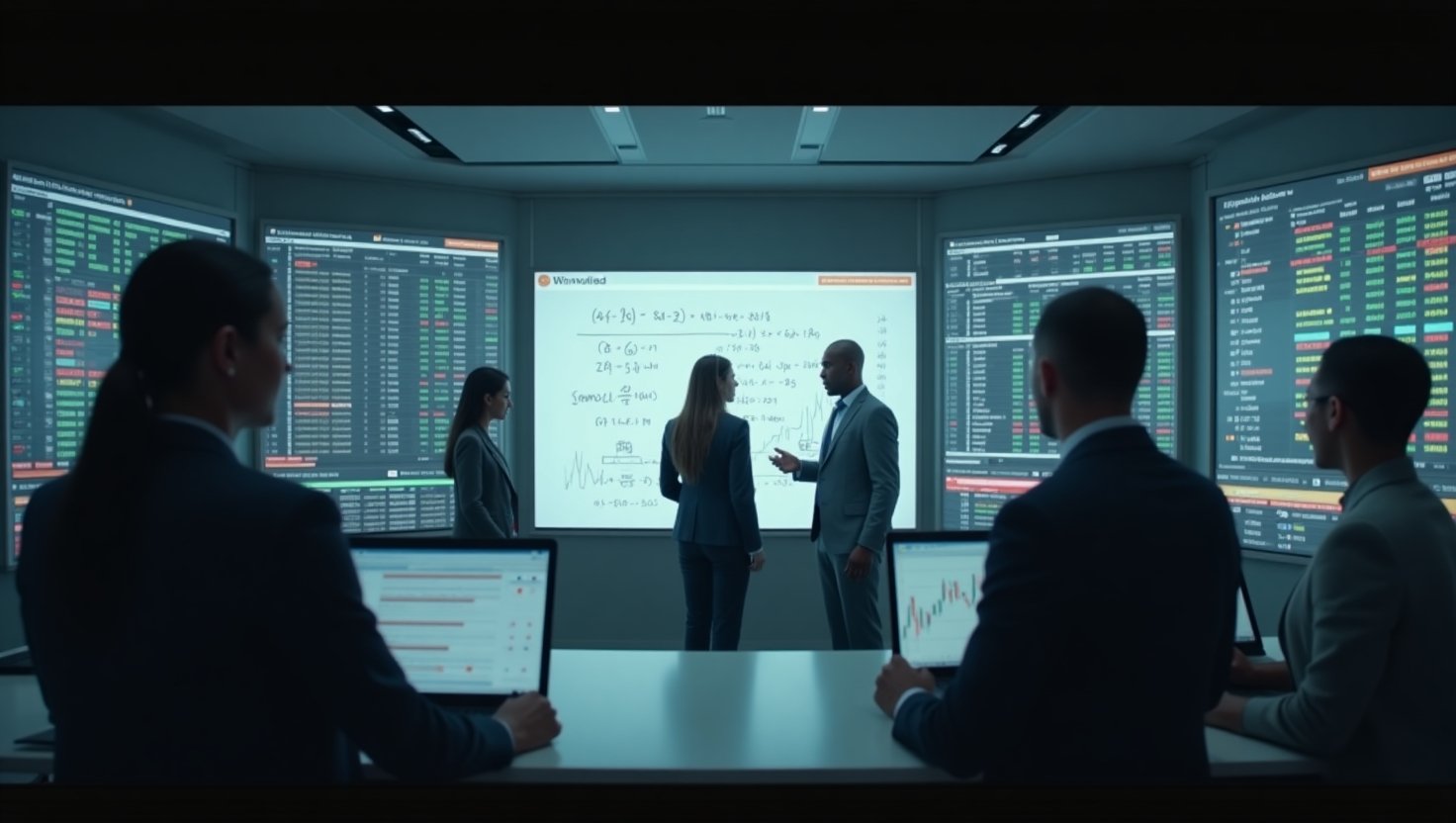In the constantly evolving landscape of financial markets, momentum traders play a pivotal role, influencing not just asset prices but also the broader economic environment. But what exactly defines a momentum trader? At its core, momentum trading is a strategy where traders buy and sell assets based on the direction of recent price trends. If a stock has been experiencing upward movement, momentum traders are likely to go long, whereas a downward trend might prompt them to short the asset.
This behavioral approach, closely linked with concepts from behavioral finance and trading psychology, is particularly fascinating when placed in the context of financial simulations and market analysis, where the dynamics of market movements can be analyzed in great detail. Understanding how momentum traders operate is crucial, especially in times of economic fluctuations, as their actions can amplify market trends and contribute to phenomena such as flash crashes.
As we delve deeper into the world of momentum trading, we will uncover its intricate mechanisms and its significant implications for market microstructure and simulations. This exploration will include references to behavioral finance and trend analysis to enhance our understanding of momentum trading dynamics.
Understanding the Psychology of Momentum Traders
Momentum traders focus on short-term price changes. They buy and sell assets based on recent price trends. For instance, Kang Gao states,
“Momentum traders focus more on recent price action and price movement.”
This focus means they respond quickly to market shifts.
The Focus on Price Action
Stephen Weston emphasizes that
“instead of looking at the fundamental value of the stock, momentum traders focus more on recent price action and price movement.”
This focus differentiates them from traditional investors. While traditional investors seek a company’s intrinsic worth, momentum traders prioritize price trends.
If a stock has recently risen in price, momentum traders will likely invest in it by establishing a long position. Conversely, if the price has fallen, they usually sell, establishing a short position. This strategy highlights their reliance on price action rather than fundamental factors, portraying a behavioral finance perspective crucial to their market influence.
Momentum traders employ a variety of strategies driven by prevailing price trends, which dictate their buying and selling behaviors in financial markets. Essentially, momentum traders focus on assets that have shown recent price strength or weakness, a practice underpinned by the belief that these trends are likely to continue. The mechanics of establishing long and short positions are critical to their trading approach.
When a momentum trader identifies a stock that has been rising in price, they look to capitalize on this trend by establishing a long position. This involves buying shares with the expectation that they will continue to rise, allowing the trader to sell them later at a higher price for profit. The decision to enter a long position is often supported by indicators such as moving averages, trend lines, or recent price accelerations that suggest persistent upward momentum.
Conversely, if a stock is trending downward, a momentum trader will typically seek to establish a short position. This strategy entails borrowing shares and selling them at current market prices, anticipating that the stock’s price will continue to decline. If their prediction holds true, the trader will buy back the shares at a lower price, return them to the lender, and pocket the difference as profit.
For example, consider a scenario where Stock X has surged by 15% in the last month. A momentum trader observing this upward trend might decide to enter a long position at $100 per share. If Stock X continues to rise, reaching $120, the trader can then sell their position, realizing a profit of $20 per share.
In a different scenario with Stock Y, if it has dropped by 10% within the same timeframe, a momentum trader might short this stock at $50 a share. If the stock price subsequently falls to $30, the trader can close their position by buying back the shares at the new lower price, earning a gain of $20 per share.
The ability to adapt to rapidly changing market conditions, along with thorough analysis of price trajectories, distinguishes momentum traders from other market participants, further emphasizing their essential role in current financial ecosystems.

Order Types in Momentum Trading
Momentum traders utilize various types of orders, with market orders and limit orders being the most prominent. The choice of order type significantly influences their trading strategies and outcomes.
Market Orders: A market order is an order to buy or sell an asset immediately at the current market price. This type of order allows momentum traders to enter or exit positions quickly, thus capitalizing on short-term price fluctuations. The speed of execution is critical for these traders, as they rely on rapid movements in asset prices. In volatile market conditions, the quick execution of market orders can be beneficial in capturing price surges, although it can also lead to slippage—where the execution price differs from the expected price due to rapid market changes.
Limit Orders: In contrast, limit orders are set to buy or sell an asset at a specific price or better. By using limit orders, traders can control the prices at which they enter or exit positions. This approach can be particularly advantageous in less volatile markets where the trader might be waiting for a specific price point before executing the trade. However, the downside is that limit orders may not be executed if the market does not reach the desired price.
The relationship between limit and market orders is essential in momentum trading, represented by the ratio symbol ρ (rho). This ratio signifies the fixed proportion of limit orders to market orders that traders use within their strategies. A higher ρ indicates a greater reliance on limit orders, which could reflect a more cautious approach to trading, while a lower ρ may indicate a focus on immediate market orders to capture rapid price changes.
Understanding how to balance these order types can significantly influence a trader’s ability to react effectively to market movements, enhancing their overall strategy in momentum trading.
Momentum Trading Strategies
Momentum trading strategies continue to gain attention in the financial markets. Recent studies highlight several key findings regarding their adoption and effectiveness:
- Historical Performance: Momentum strategies have displayed significant profitability over various periods. Jegadeesh and Titman (1993) revealed that such strategies yielded average returns of about 1% per month in U.S. markets from 1965 to 1989. Additionally, Rouwenhorst (1998) documented abnormal momentum profits in European markets averaging 1.16% per month from 1980 to 1995. These findings underscore the effectiveness of momentum trading in diverse financial environments.
- Institutional Adoption: The integration of momentum metrics into institutional investing has risen. By utilizing advanced data analytics and machine learning, institutional investors are strategically identifying momentum opportunities to enhance asset allocation and security selection.
- Regional Variations: Momentum strategies vary in effectiveness across regions. In developed markets like the U.S. and Europe, they yield considerable returns due to factors such as higher liquidity. In contrast, emerging markets may present even more pronounced momentum effects due to less efficient market structures.
- Risks and Challenges: While momentum strategies can be profitable, they also carry increased risks. For instance, during market corrections, these strategies can suffer considerable losses, with a notable crash of -73.42% observed in 2009 over three months. To manage these risks, investors often diversify their portfolios and combine momentum strategies with others, such as value investing to mitigate potential downturns.
In summary, momentum trading strategies have shown robust returns in historical research and are increasingly being adopted by institutional investors. However, the risks involved necessitate careful consideration and management of trading approaches. For continued success, ongoing research is essential to adapt these strategies to current market conditions and maximize their effectiveness.
| Trading Strategy | Risk Tolerance | Time Horizon | Order Types Used |
|---|---|---|---|
| Momentum Traders | High | Short to Medium | Market Orders, Limit Orders |
| Chartists | Medium | Short to Medium | Limit Orders |
| Long-term Momentum Traders | Low to Medium | Long-Term | Limit Orders |
| Short-term Momentum Traders | High | Very Short | Market Orders |

Market Simulations and the Role of Momentum Traders
In the realm of agent-based financial market simulations, momentum traders play a critical role in shaping market dynamics, particularly during extreme events such as flash crashes. These simulations provide valuable insight into how groups of agents, functioning as traders, interact with one another and respond to market conditions. The behaviors exhibited by momentum traders can significantly amplify market fluctuations, leading to increased volatility and potential instability.
Momentum traders primarily rely on recent price movements, typically pushing prices in the direction of their trades. This behavioral strategy relies on the assumption that trends will continue. For example, if a stock experiences a sharp rise, momentum traders are likely to enter long positions, further driving up prices. Conversely, in a declining market, these traders may rapidly short stocks, exacerbating the downward trend.
During flash crashes, the impact of momentum traders can be particularly pronounced. Their rapid buying and selling can create feedback loops, where rising prices lead to increased buying and falling prices trigger further selling. This can cause price movements to spiral out of control, resulting in significant market declines within very short periods.
Agent-based simulations allow researchers to observe these dynamics at play, providing insights about how momentum traders react to market signals and each other. For instance, when a sector experiences a sudden downturn, momentum traders may react by hastily liquidating positions, contributing to a cascading effect that can deepen market dislocation. The use of simulations in this context helps illustrate scenarios that may not be easily observable in real-life trading environments.
Furthermore, these simulations can also aid in understanding risk management strategies. By analyzing how momentum traders operate under varying conditions, regulators and market participants can devise better frameworks to mitigate the risks of extreme market movements. This underscores the importance of studying momentum trader behaviors within the context of financial market simulations, especially as the interconnectedness of markets continues to grow in an increasingly algorithmic trading landscape.

A Success Story in Momentum Trading
Let’s consider the journey of a trader named Alex, who embarked on a momentum trading strategy that proved to be remarkably successful. Alex noticed a tech company, Tech Innovations, whose stock had been steadily climbing for several months. Intrigued by the recent positive shifts in the tech market, he delved into analysis, assessing key metrics and price movements to confirm his instincts.
When the stock price reached $30, Alex decided to buy, motivated by the belief that the momentum would continue. As expected, within just a few weeks, the stock surged to $50, thanks to favorable news releases and strong quarterly earnings from Tech Innovations. Recognizing the peak, Alex sold his shares confidently, enjoying a substantial profit of $20 per share.
This experience not only fortified Alex’s belief in momentum trading but also ignited a passion for trading that would guide his future decisions. His journey emphasizes the excitement and financial benefits that can come from strategically riding the waves of market trends and demonstrates how momentum traders can capitalize on market behavioral tendencies effectively.
Transitioning Between Order Types and Trader Behavior
As we delve deeper into the order types utilized by momentum traders, it becomes evident that these choices significantly influence their trading decisions and overall effectiveness in the market. Understanding the connection between order types—specifically market and limit orders—and trader behavior is crucial for grasping the mechanics behind momentum trading.
Market orders, predominantly favored by momentum traders for their immediacy, allow them to capitalize swiftly on price movements. This speed is essential, as momentum trading is predicated on the ability to react to market shifts instantaneously. When traders opt for market orders, they embody the essence of their strategy, which is to follow the short-term price trends reinforced by behavioral patterns; essentially, they are betting on continued inertia in those trends.
Conversely, limit orders introduce a layer of strategy and caution into the trading dynamic. By setting specific price points, momentum traders can exercise greater control over trade execution, albeit with the risk of missing out on opportunities if the market does not reach their desired thresholds. The choice between these order types creates a nuanced interplay between immediate action and strategic planning, thereby affecting trader responses to the very trends they seek to exploit.
This interactive connection sets the stage for our continued exploration of how these trading behaviors shape market outcomes. By understanding these transitions, we can better appreciate the complete portrait of momentum trading and its profound impact on market microstructure.

